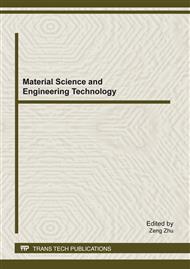p.327
p.331
p.336
p.344
p.348
p.353
p.361
p.368
p.375
A Study on the Convergence Adaptor Using Plug Computer
Abstract:
Recent studies have shown that the Internet-related energy consumption represents a significant, and increasing, part of the overall energy consumption of our society. Therefore, it is extremely important to look for energy-efficient Internet applications and protocols. For EPON, research on the development of protocols for higher energy efficiency at the PHY/MAC layers and the enactment of standards, and the improvement of energy efficiency of EPON devices is being conducted, while for networking equipment such as routers and switches and IDCs, research on saving the energy consumed by devices and the management of energy efficiency using power monitoring, cooling devices and metering technologies is being conducted. Against this backdrop, this study is aimed to develop methodology for the improvement of network energy efficiency in existing home/ small and medium-sized office network environments and to develop, test and evaluate an energy saving prototype for Convergence Adaptor
Info:
Periodical:
Pages:
348-352
Citation:
Online since:
February 2012
Authors:
Keywords:
Price:
Сopyright:
© 2012 Trans Tech Publications Ltd. All Rights Reserved
Share:
Citation:


